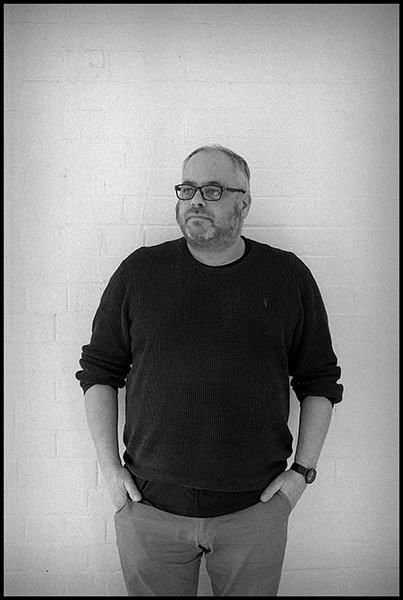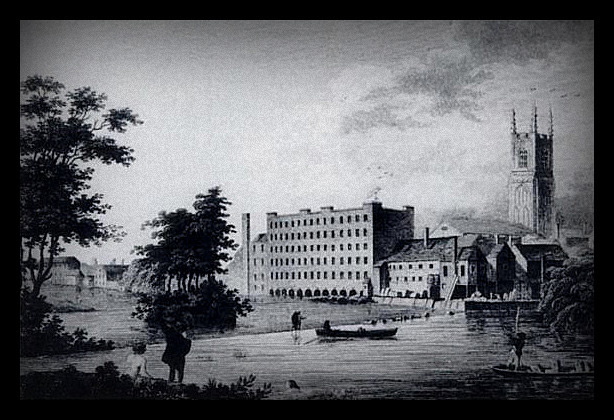Douglas Gittens, born in Chatham (Kent) in 1965 is a Senior Lecture at the Nottingham Trent University.
“My memory of Derby is of a colourful, quirky and character filled city centre with the spirit of a county town rather than a city. The centre reflected its character by the alternative people that have gravitated around the city and engaged with its creative and artistic life. Even though Derby has been overshadowed by Nottingham, it has a much bigger lock of stuff going on in terms of its culture, music and artistic life which is consistently undervalued”.

Douglas believes Derby creative drive is tightly linked with the past.
“I guess the character of the city also comes from the fact that the area between Derby and through Belper was the cradle of the industrial revolution in the country. Everybody thinks of Manchester but actually it all started there. Having this legacy of people being involved with making things, machines and trains had a strong impact on how the city centre flourished – through many little stores – revealing a rich diversity and mixture. Then the Shopping Centre was built and like a huge sponge, it sucked the life out of it”.
Another consequence of the recent redevelopment was hiding and losing the river significance Douglas explained.
“The geography of Derby was crucial for the industrial development of the area, especially the way the city was established along the river. The water is really important to Derby and maybe it is not celebrated enough. Until many years ago, you could still see all this leftover industrial areas along the riverside that have now been completely redeveloped, but I think there is a missed opportunity for the city to engage with the water, understanding more about the river. There used to be river cruises – what happened to them? You could spend the weekend rediscovering the historical legacy…”.

More on the role of the river and the first prototype of industrial town.
“…the more time you spend following the river up and looking at the area around, the more you understand the formation of one of the first prototypes of an industrial town. You have to think of hundreds of people coming far from their farm-life, from an agricultural traditional life to work in a factory – it made sense to build houses for them so they could live more locally and reach the factories easily and in time for their daily shift”.



Leave a comment